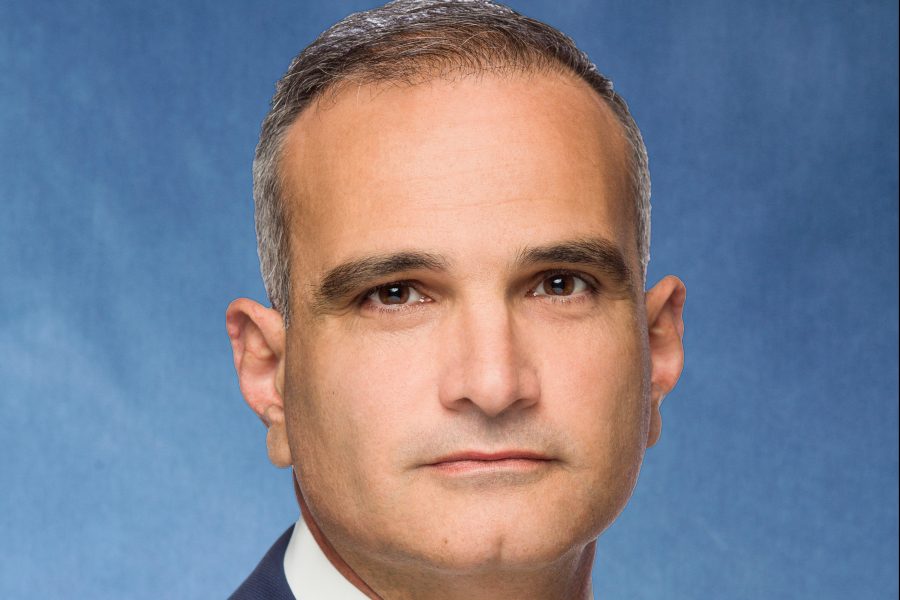Communications solutions must evolve quickly to meet needs of a changing world
The world has changed significantly in recent months, and there is no doubt we are living in unprecedented times. The ways in which we communicate have evolved rapidly, particularly for the first responders who have stepped up to fight the pandemic, wildfires, and more.
There has been not just a flurry of new users, but also unique needs—dispatch centers needing to function remotely and pop-up medical centers requiring secure communication between fixed and temporary networks. People who never used push-to-talk (PTT) devices—from healthcare professionals to government agencies—have found themselves in situations in which not only was this mode of communication critical, but a matter of life and death.
Mission-critical communications have been needed to adapt quickly to accommodate the growing needs of responders in many fields. Luckily, we live in a time where what was impossible just a few years ago is now possible and actionable within a relatively short timeframe.
The ability to pivot and quickly meet the growing challenges stems from three pillars that had been established in recent years:
- the ability to function across networks—land mobile radio (LMR), LTE, and Wi-Fi;
- interoperability, made possible by an open standards philosophy; and
- strong, closed-loop cybersecurity.
The ability to communicate on any network, at any time, anywhere, is powerful. These fundamentals will serve us not only as we continue to meet current challenges, but also as we prepare for future ones.
For many first responders, LMR remains the primary network for voice communications, and it will continue to be a viable investment for years to come. However, innovations with LTE and secure Wi-Fi are expanding, and they are increasing both coverage and capability.
As a result, operation across multiple networks will be a mainstay in the coming years. Responders need to communicate and coordinate anywhere, and which network they use—along with issues like inaudibility and dead zones—should never be a barrier to their important work.
The industry has already moved in this direction, producing devices that have both LMR and LTE capability and allow users to switch back and forth between the two networks, depending on local coverage. This functionality is critical, and agencies around the country are reaping the benefits.
A Fire Protection District on the West Coast recently upgraded to LMR-LTE portable radios. Although the customer predicted that their responders would still spend much or most of their time on VHF (very high frequency) channels–because there was thought to be more LMR coverage in the region—this wasn’t the case at all. In fact, the fire chief reported that he didn’t use the LMR side for weeks and relied on the radio’s LTE capabilities during their busiest time of year.
While the ability to switch between LMR and LTE exists already, public-safety officials will one day not even need to think about which network they use, as technology will move intuitively and automatically between networks and carriers. In this future, voice and data communications could rely on LMR, and data rich/broadband network services on Wi-Fi and LTE. The options will be even more robust and assistive than they are today, to meet every crisis and mission.
In order to realize the flexibility of hybrid networks, the industry must continue to embrace open standards.
Interoperability is best achieved when technologies are designed and built without complicated, proprietary standards. Think of an open-architecture model, like what Android provides for smartphones, that lets customers be carrier-agnostic and technology to function on multiple commercial providers. This is true network interoperability, and the end result is more capabilities, flexibility, and choice.
These concepts are already coming to life. Technology now exists that enables a user to turn a smartphone or tablet into an encrypted LTE push-to-talk (PTT) communications device for voice and data—in other words, it embraces interoperability to turn a smartphone into a radio.
During the COVID-19 pandemic, health-care and first-responder organizations needed quick and reliable PTT communications systems. Interoperability is ultimately what enabled phones to become PTT devices and allowed the cross-organizational communication between governments, health departments and emergency room personnel that has been so crucial during this time.
The other great benefit of these technologies is their next-level security. Building highly functional, innovative, and flexible solutions doesn’t have to compromise security and leave users vulnerable to cyber threats.
The sophisticated technology that is used in tactical communications devices built for military operators uses a closed-loop system through the lifecycle of the device. This same security is now being used in civilian devices. This level of security provides peace of mind to everyone—military and civilian customers alike—and positions the industry well for the future.
With so much having changed in the last few months, it is critical that the industry continues to meet the needs of first responders. Effective solutions start with dynamic network access, complete open standards, and unmatched security.
These pillars have been key in responding to the current challenges, and they will continue to do so in the future. This work can be accelerated by collaboration in the industry, as it provides access to smarter, more flexible solutions, which will make for a safer future and the challenges it may bring.
Nino DiCosmo is an L3Harris division president, with complete strategic and operational oversight of Critical Communications Division that serves customers in public-safety, utilities and transportation industries.


















